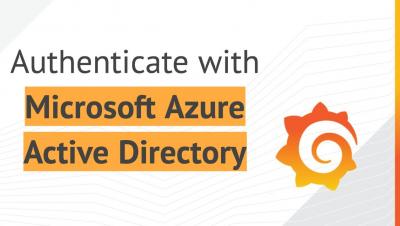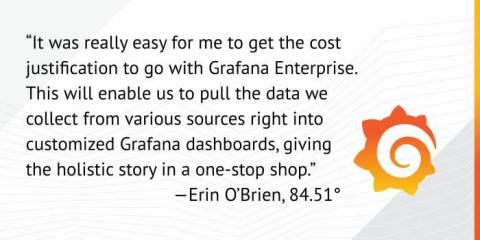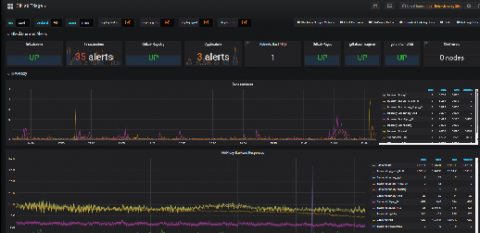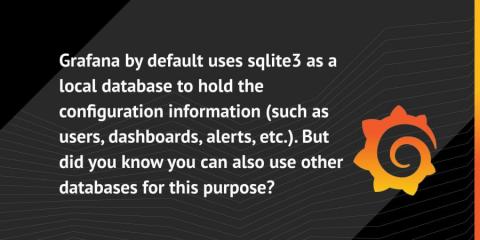6 Reasons Why the Largest Companies in the World Are Adopting Grafana Enterprise
If you’ve heard about Grafana Enterprise (the commercial version of Grafana), you might be wondering if companies actually pay for something that is already so good as an open source software. In my role at Grafana Labs I’ve talked with hundreds of companies from all over the world, in many different industries. I’ve listened as they shared the daily challenges and frustrations they face at their organizations.














